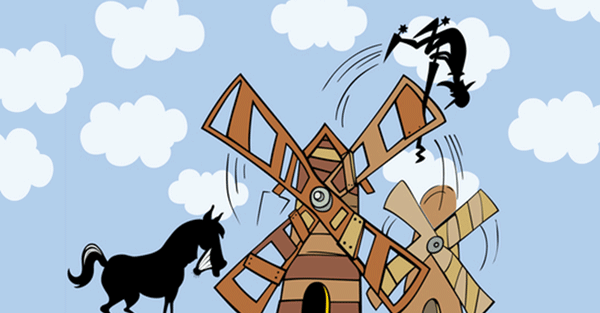 The Federal Reserve Board of Governors in Washington, D. C., which functions as the central bank of the United States, has farmed out much of its Quantitative Easing (QE) programs to the Federal Reserve Bank of New York since the financial crisis of 2008. The Federal Reserve Bank of New York has, in turn, contractually farmed out a hefty chunk of the logistics of that work to JPMorgan Chase in the last six years.
The Federal Reserve Board of Governors in Washington, D. C., which functions as the central bank of the United States, has farmed out much of its Quantitative Easing (QE) programs to the Federal Reserve Bank of New York since the financial crisis of 2008. The Federal Reserve Bank of New York has, in turn, contractually farmed out a hefty chunk of the logistics of that work to JPMorgan Chase in the last six years.
Sitting quietly on the Federal Reserve Bank of New York’s web site is a vendor agreement and other documents indicating that JPMorgan Chase holds all of the Mortgage Backed Securities (MBS) that the New York Fed has purchased under its various Quantitative Easing programs. As of last Wednesday, that figure was $1.7 trillion dollars. (The New York Fed has confirmed that JPMorgan is custodian for these assets.)
In addition to holding the MBS, JPMorgan also has a contractual agreement to exercise discretion (its own judgment) in trading the surplus cash that sits in the New York Fed’s cash account. While JPMorgan is restricted to holding collateral backed by U. S. government securities for these cash trades in Repurchase Agreements, its approved list of counter parties include global banks variously charged with rigging the international interest rate benchmark known as Libor, money laundering, aiding and abetting tax evasion, and defrauding clients.
During the period in which JPMorgan has been the trusted custodian of a major part of the assets of the U. S. central bank, it has been repeatedly charged with serial crimes. In January of this year, JPMorgan paid $2.6 billion and made history in being the first Wall Street mega bank to be charged with two felony counts and receive a deferred prosecution agreement. The crime was aiding and abetting the Madoff fraud – the largest Ponzi scheme in the history of modern finance. In September of last year, JPMorgan settled its London Whale scandal for $920 million in penalties. That case involved its use of depositors’ savings to gamble in exotic derivatives in London, lose at least $6.2 billion of those deposits, and initially misstate the amount of losses to its regulators.
This post was published at Wall Street On Parade on November 3, 2014.
 Because when you have no POMO, and no QE on the horizon, you can always break a stock exchange and send the entire market… higher!?
Because when you have no POMO, and no QE on the horizon, you can always break a stock exchange and send the entire market… higher!?


















 Follow on Twitter
Follow on Twitter
Recent Comments